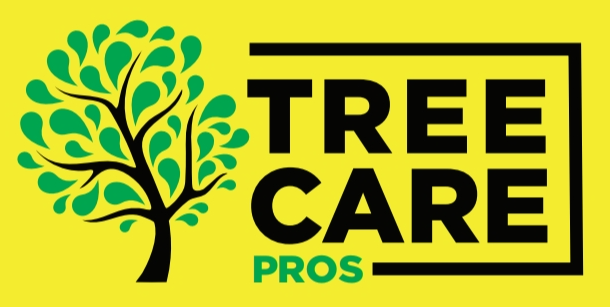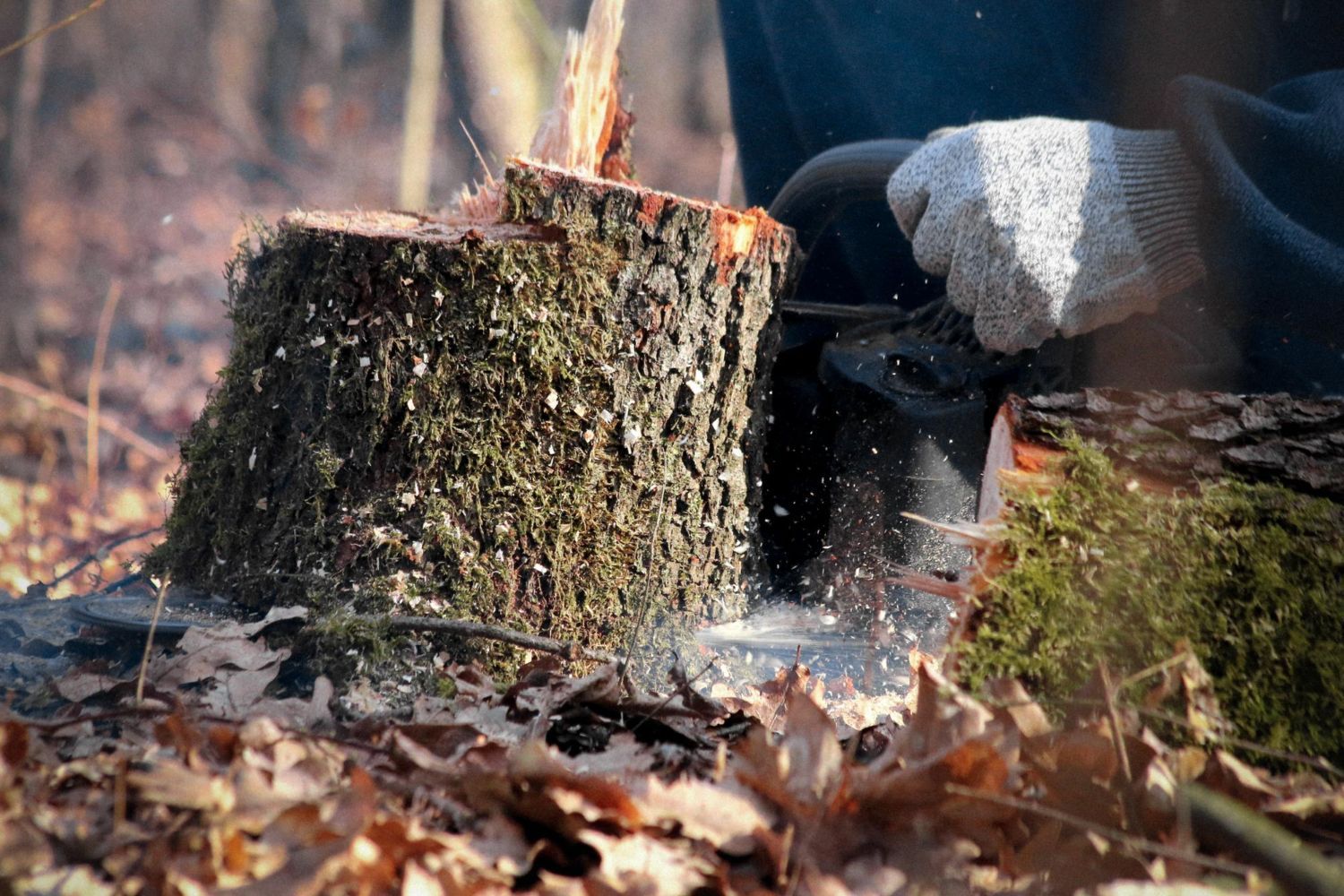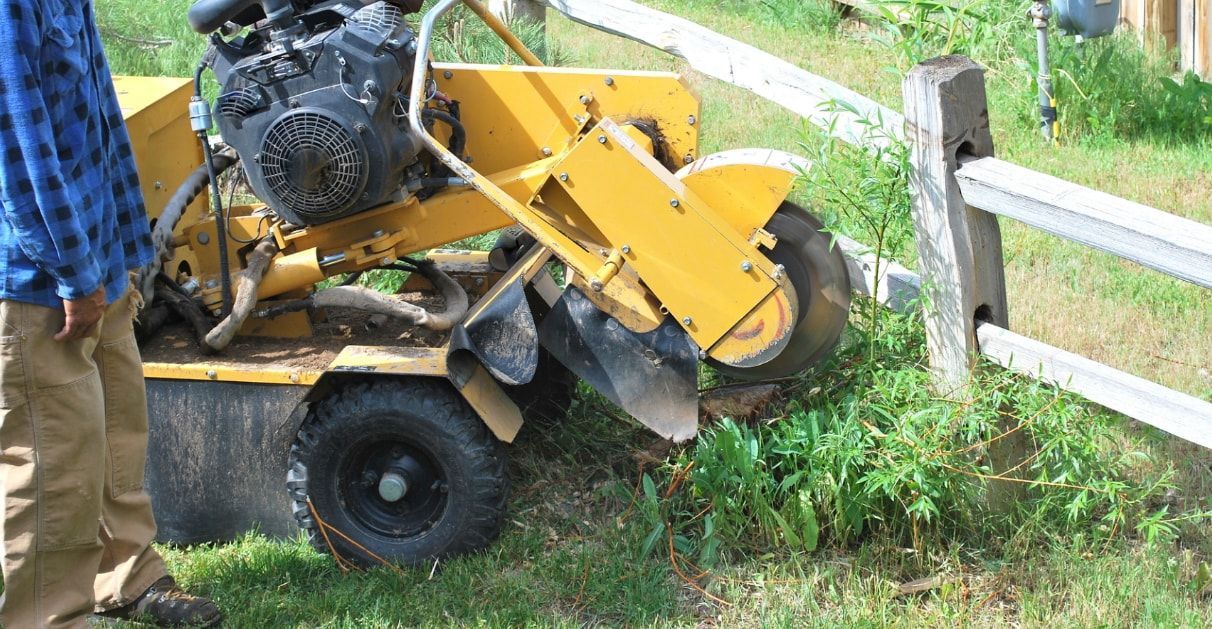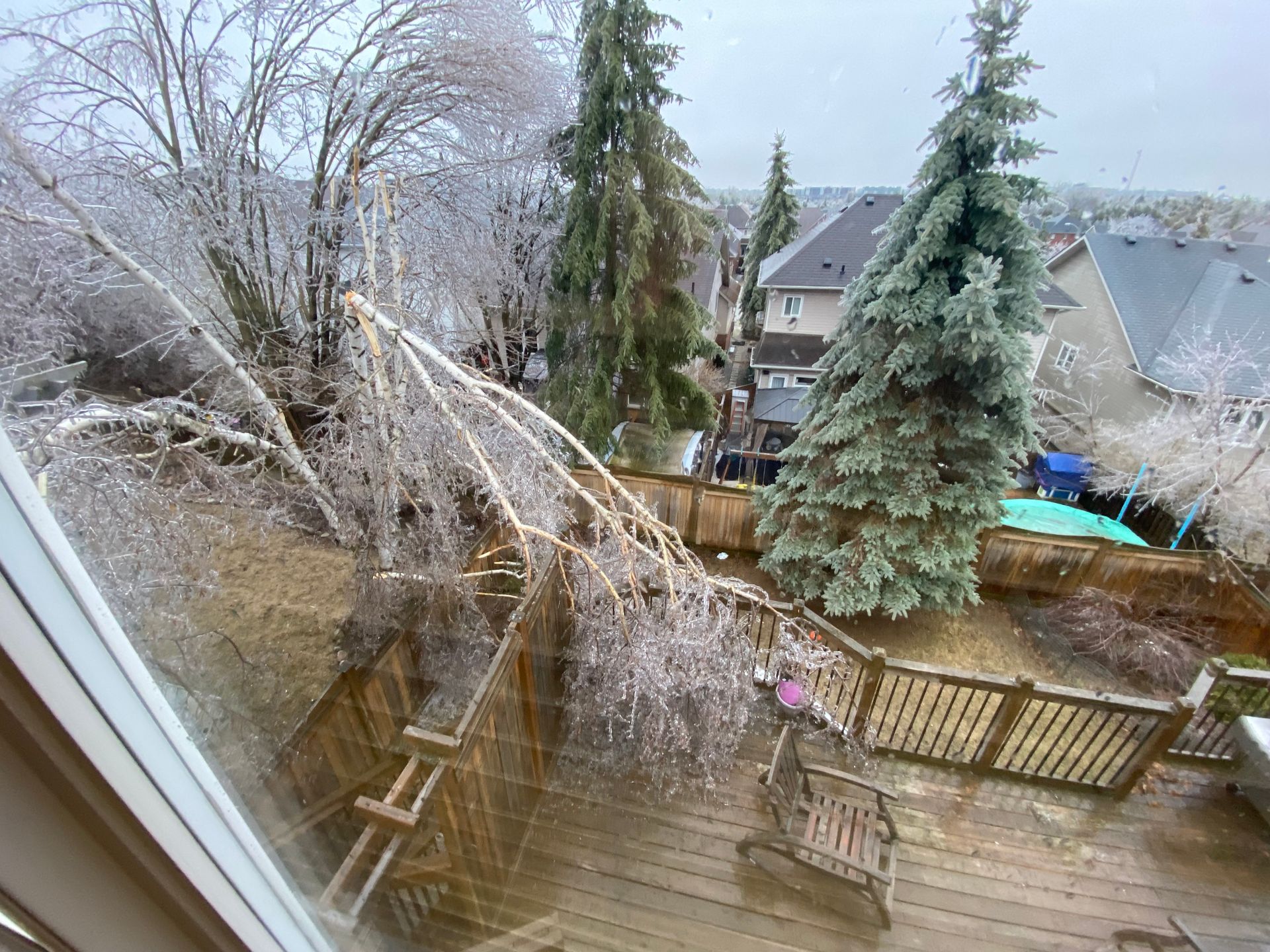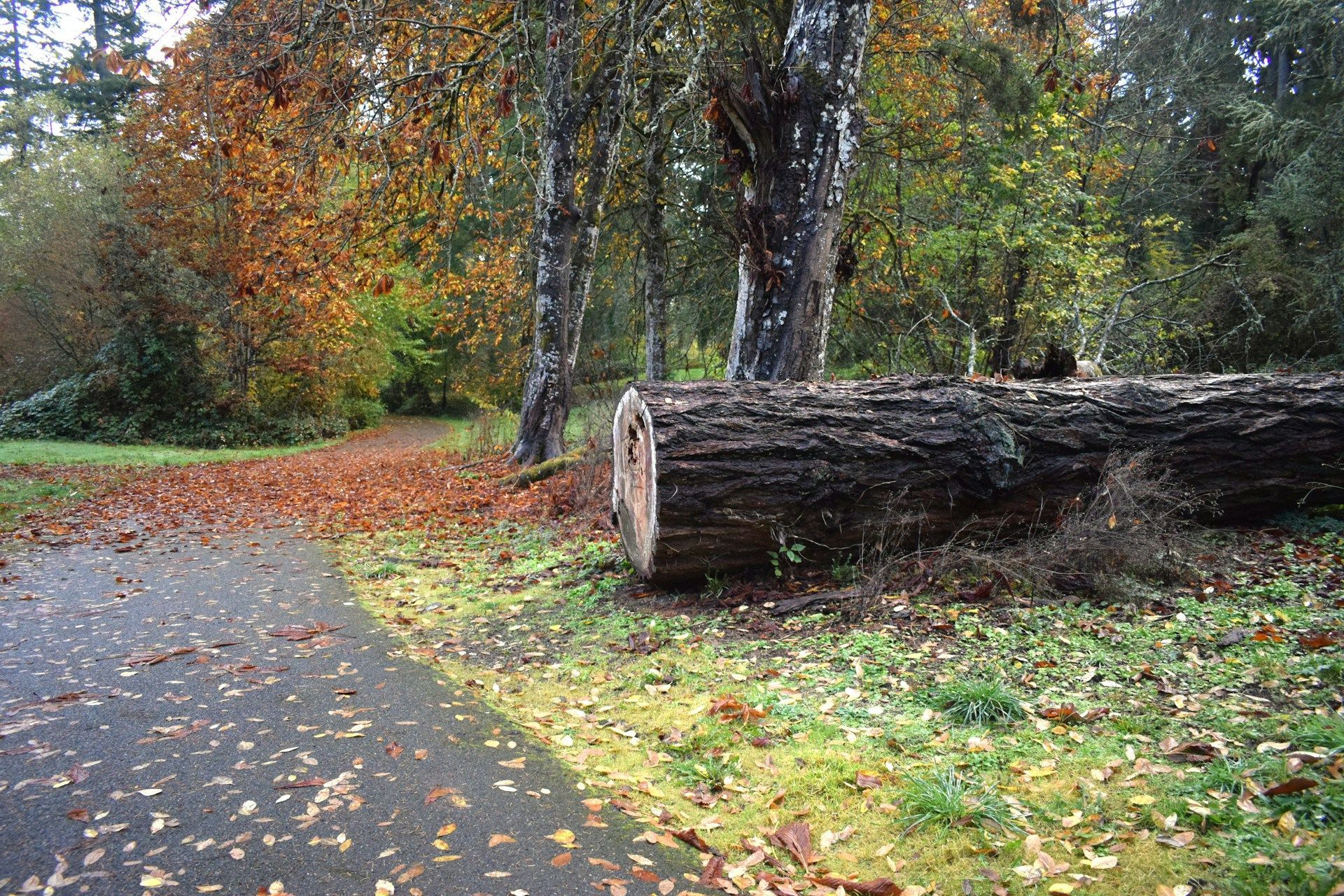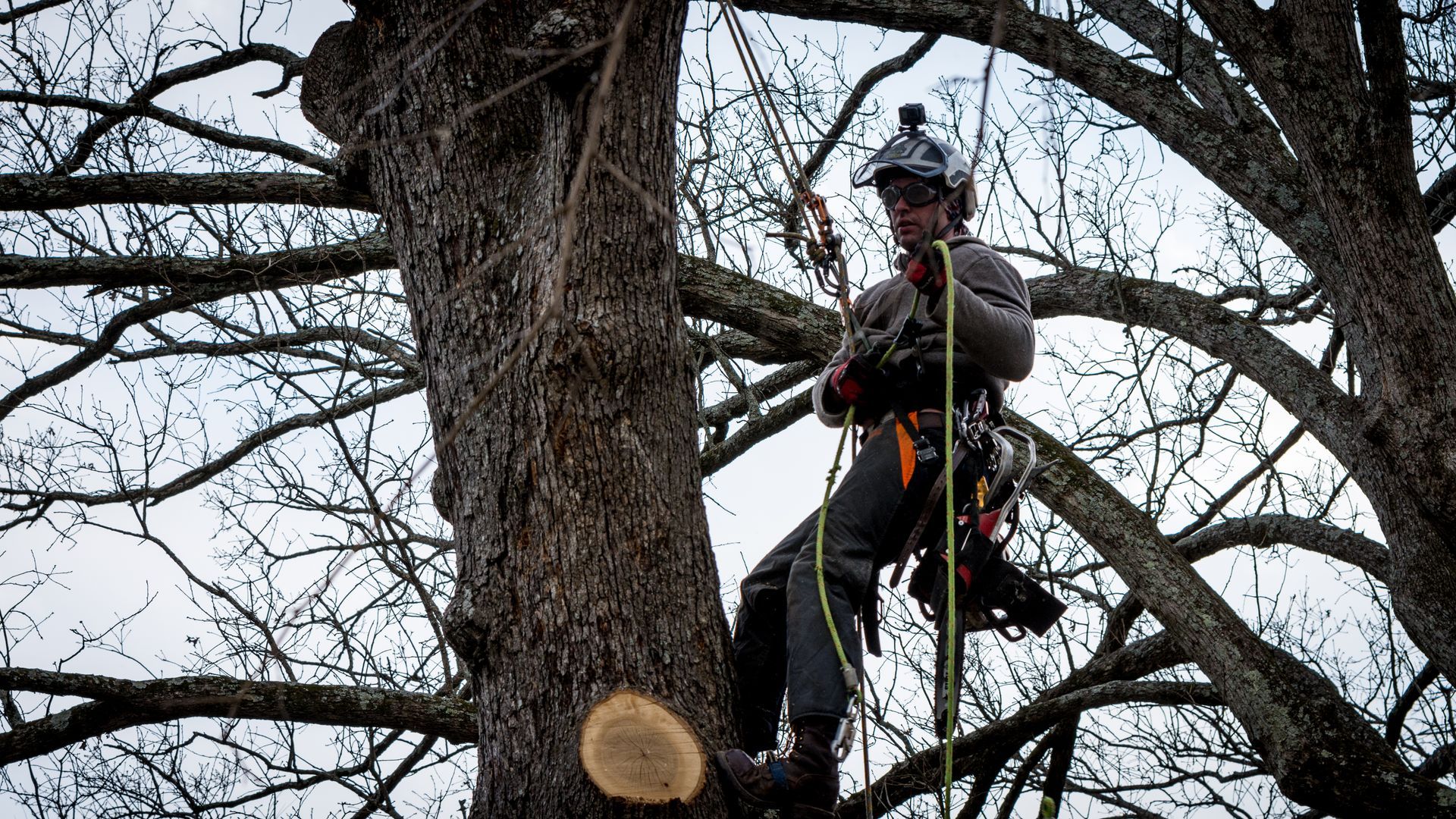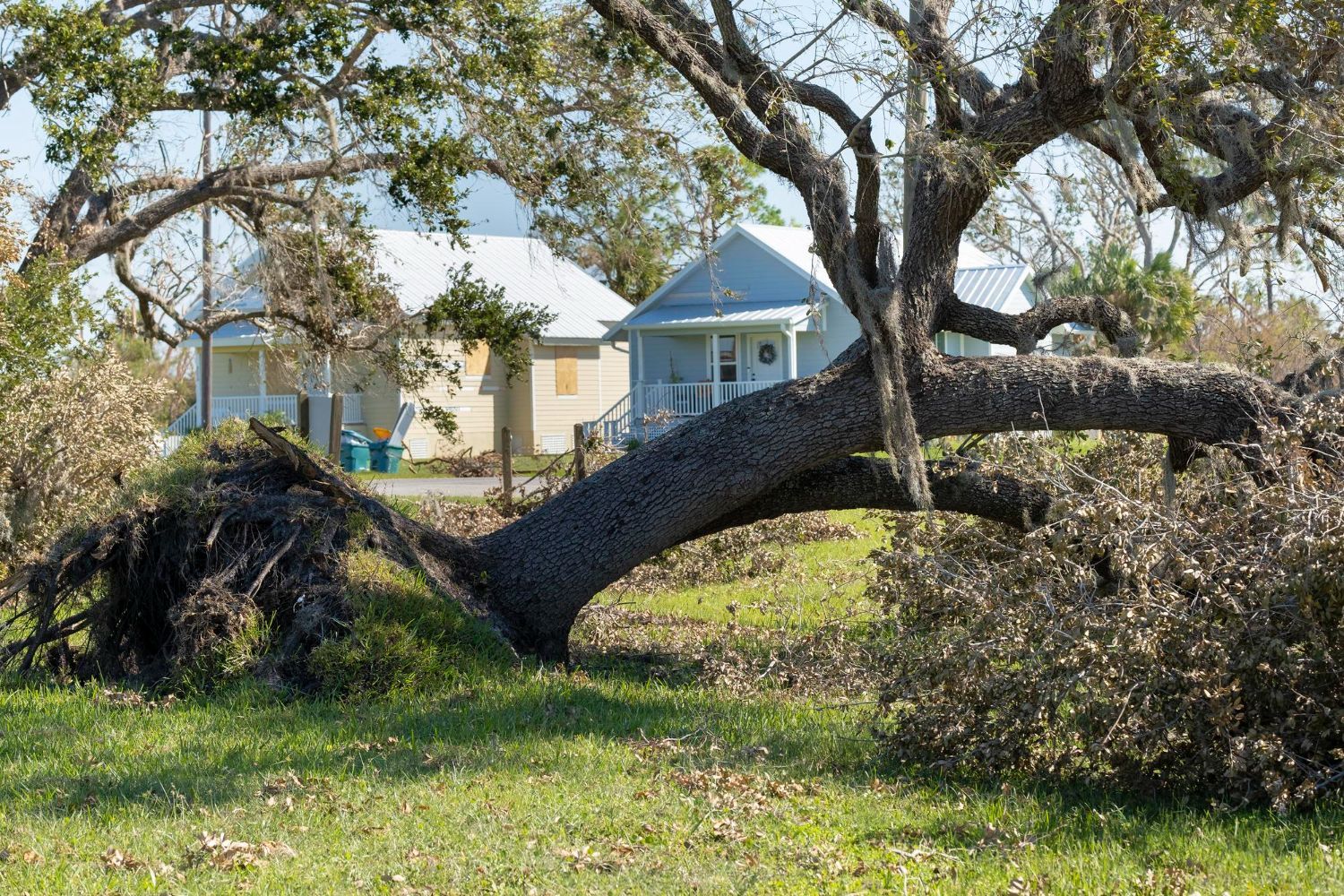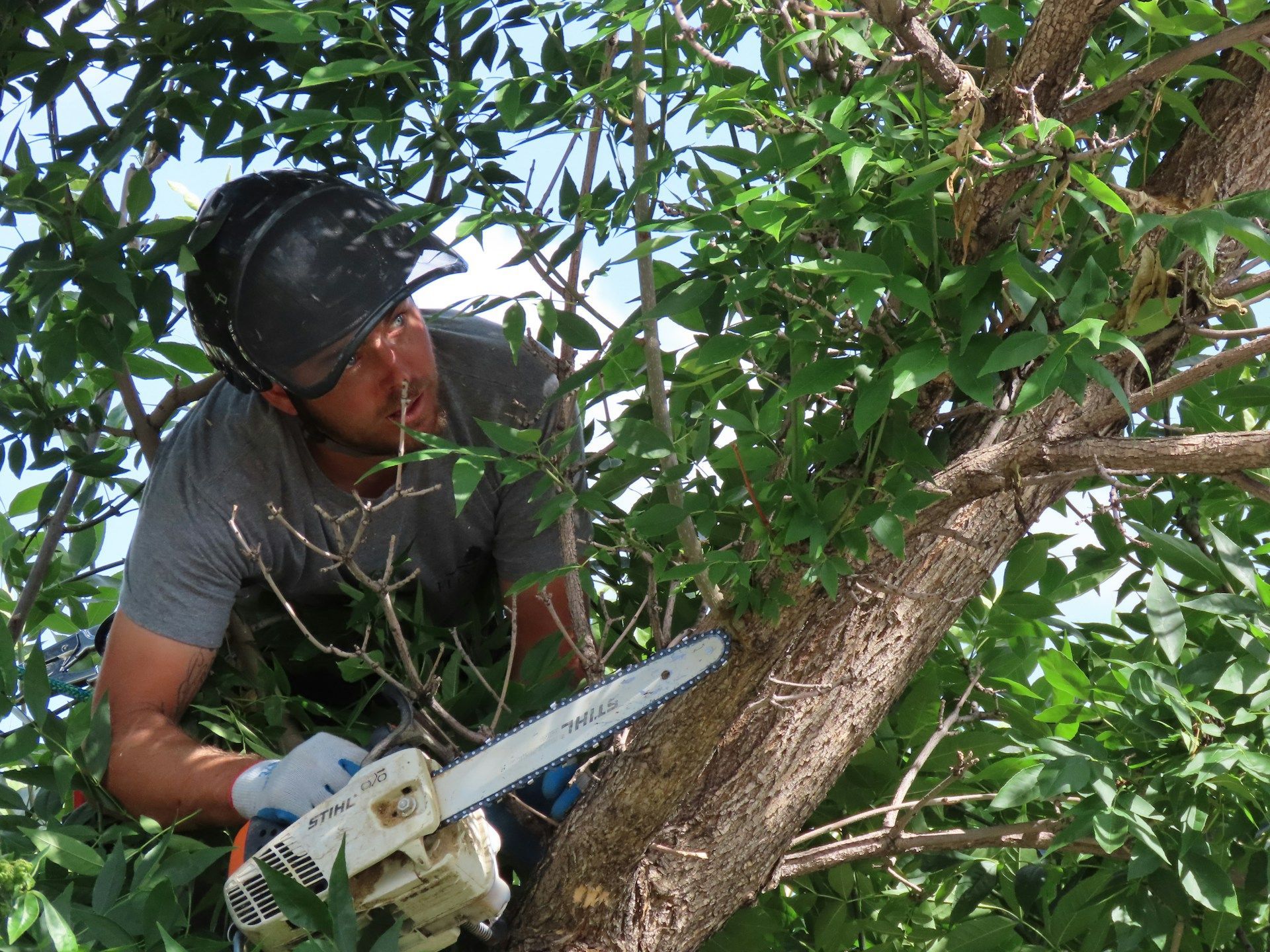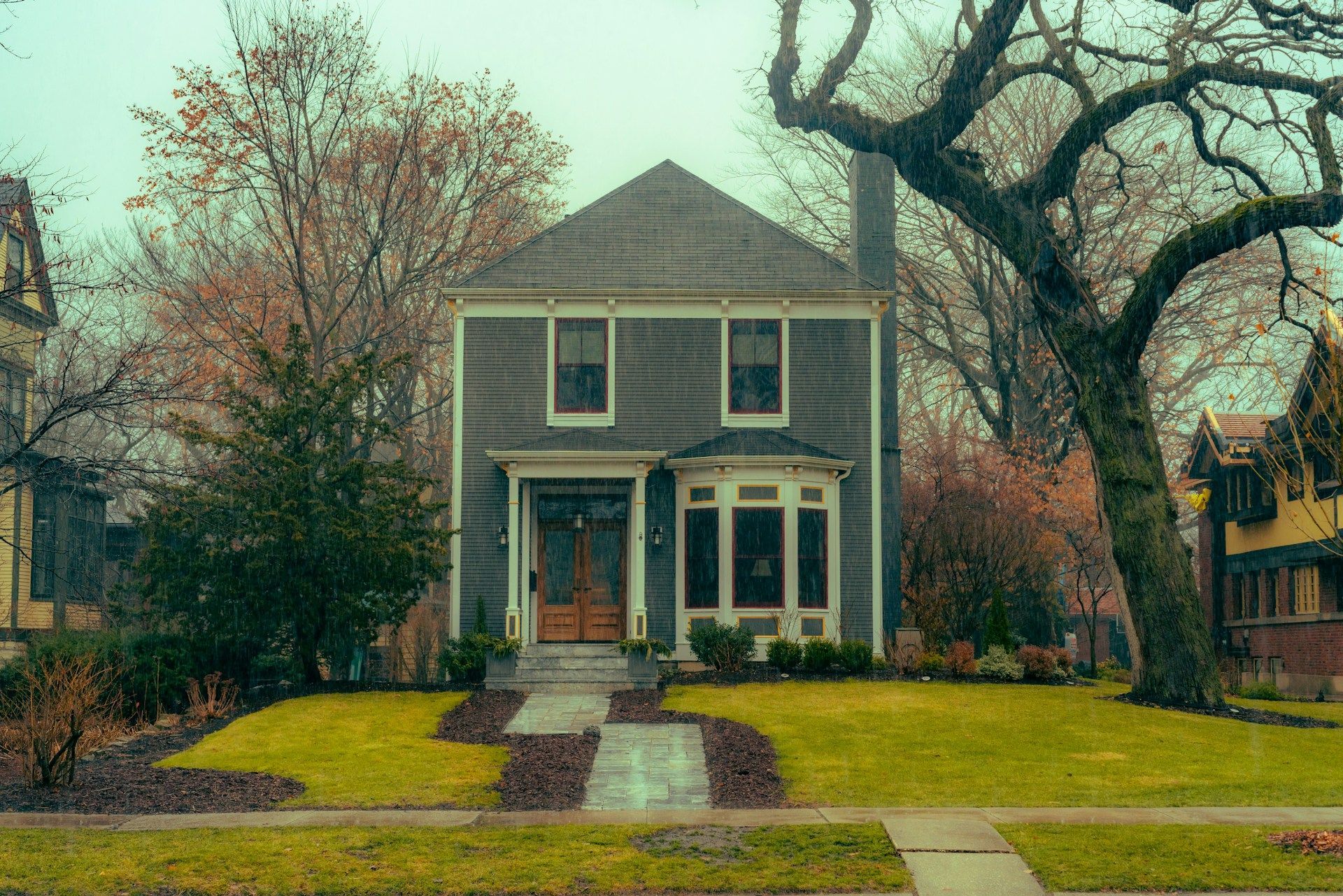Signs You Need Emergency Tree Removal
Trees add beauty and shade to our yards, but sometimes they can also pose serious risks. Knowing when a tree needs to be removed can prevent accidents and damage to your property. Ignoring warning signs can lead to dangerous situations, including fallen branches or even entire trees toppling over.
One of the main reasons to consider emergency tree removal is structural damage. Cracks in the trunk or split branches are clear indicators that a tree is no longer stable. Structural damage can weaken the tree, making it prone to falling during strong winds or storms. It’s important to act quickly when you notice these signs to avoid any potential hazards.
Tree disease and decay are also critical factors. An unhealthy tree can become brittle and weak, increasing the risk of falling branches. Trees affected by disease often show signs like discoloured leaves, unusual growths, or fungal infections. Identifying these symptoms early can help you make the decision to remove the tree before it becomes a bigger problem.
Leaning trees are another warning sign. While some trees may naturally grow at an angle, a sudden lean can indicate root damage or soil instability. This makes the tree more likely to fall, especially during bad weather. Monitoring the position of your trees can help you spot these issues before they escalate.
Storms can cause significant damage to trees, breaking branches and even uprooting them. After a storm, it’s crucial to assess the trees in your yard for any signs of damage. Removing a compromised tree promptly can prevent further harm to your property and ensure the safety of your family.
Identifying Structural Damage in Trees
Structural damage in trees is a serious concern that can lead to unexpected falls or broken branches. Knowing the signs of structural damage helps you act quickly to remove the tree and prevent potential accidents. Here are some key indicators to watch for:
1. Cracks in the Trunk: One of the most obvious signs is a crack running up the trunk. This can weaken the tree’s stability, making it prone to breaking apart, especially in strong winds.
2. Split Branches: Branches that are split or hanging loosely should raise red flags. These branches can drop at any moment, posing risks to people, pets, and property below.
3. Missing Bark: Large patches of missing bark or deep scars on the trunk may indicate internal decay. This weakens the tree from the inside, even though the damage might not be visible outside.
4. Leaning: A suddenly leaning tree indicates root damage, which can compromise the tree’s stability. Even a slight lean could signify a bigger issue underground.
To ensure safety, check your trees regularly for these signs, especially after storms or high winds. Promptly addressing these issues can prevent accidents and keep your yard safe.
Spotting Signs of Disease and Decay
Disease and decay can severely impact the health of your trees, leading to brittleness and instability. Here’s how you can spot signs of disease and decay in your trees:
1. Discoloured Leaves: Leaves that are yellowish, brown, or oddly spotted may indicate a tree in distress. This discolouration often points to nutrient deficiencies or infections.
2. Fungal Growths:
Mushrooms or other fungal growths at the base of the tree or on the trunk are major signs of internal decay. Fungi feed on decaying organic matter, indicating that your tree is breaking down from the inside.
3. Dead or Dying Branches: Known as "tree dieback," this condition causes branches to wither and die off. The deadwood can be especially unsafe as it becomes brittle and easily breaks.
4. Cankers and Wounds: Look for open wounds or sunken areas on the bark called cankers. These cankers are usually signs of bacterial or fungal infections that weaken the tree’s structure.
5. Excessive Leaf Drop: If your tree is losing leaves more than usual, especially outside of autumn, it could hint at a deeper health issue, such as disease or root problems.
By spotting these signs early on, you can call for professional help to assess the tree’s condition. Addressing tree health issues in a timely manner helps prevent accidents and keeps your landscape looking its best.
Recognizing Hazardous Leaning Trees
Leaning trees can be a serious hazard, especially if the lean appears suddenly. While some trees naturally grow at an angle, it’s the unexpected change in posture that signals danger. Here are key signs that your leaning tree might be hazardous:
1. Sudden Lean:
If a tree starts leaning after a storm or heavy wind, this could indicate root damage. Trees rely on their root systems for stability, and when they lean suddenly, it's a sign that the support is compromised.
2. Exposed Roots: Check the base of the tree for exposed roots or soil upheaval. When roots are visible above the ground, it usually means the tree has shifted position, weakening its anchor to the soil.
3. Cracked Soil:
Cracked or lifted soil around the tree base often signals that the root system is struggling to support the tree’s weight. This is especially concerning if the lean is towards a structure or path frequently used.
4. Leaning Towards a Structure: Trees leaning towards homes, garages, or other buildings should be addressed with urgency, as they pose significant risk to property and safety.
By identifying these signs, you can determine if immediate action is necessary. Contacting a professional service ensures the tree is removed safely, preventing potential accidents and damage to your property.
Assessing the Risk from Storm Damage
Storms can wreak havoc on trees, leaving behind damage that isn’t always obvious. It’s important to assess your trees after a storm to decide if emergency removal is needed. Here are steps to assess storm damage:
1. Broken or Hanging Branches: Look for branches that are broken or hanging loosely. These can fall unexpectedly and pose a danger to anyone walking underneath.
2. Uprooted Trees:
Trees that have been partially or fully uprooted are unstable and should be dealt with promptly. Even if the tree is still standing, the root damage can cause it to topple over.
3. Splits and Cracks: Check the trunk and main branches for splits or large cracks. Storms can cause stress fractures which may not be immediately visible but can lead to future breakage.
4. Leaning Trees: A tree that’s leaning more after a storm indicates root instability. Even if it didn’t fall during the storm, it may come down later with less provocation.
5. Debris Around the Tree: Accumulation of fallen branches and leaves around the base might be a sign that the tree has been heavily damaged and is shedding parts.
Assessing these factors after a storm helps you understand whether a tree is a safety hazard. Quick action can prevent further damage and ensure the safety of your family and property.
Conclusion
Keeping an eye on the trees in your yard is essential for ensuring safety. By recognizing the signs of structural damage, disease, decay, leaning, and storm damage, you can take timely action to remove hazardous trees. Ignoring these signs can lead to serious accidents and costly damage. Regular inspections and prompt action keep your yard safe and beautiful.
If you notice any of these warning signs, it's time to consider professional help. Removing a dangerous tree is not a DIY project; it requires the expertise and equipment only professionals can provide.
For reliable and safe
professional tree removal, contact Barrie Tree Care Pros. Our expert team is ready to help you manage any tree emergencies. Call us today to schedule your consultation and protect your home and family!
